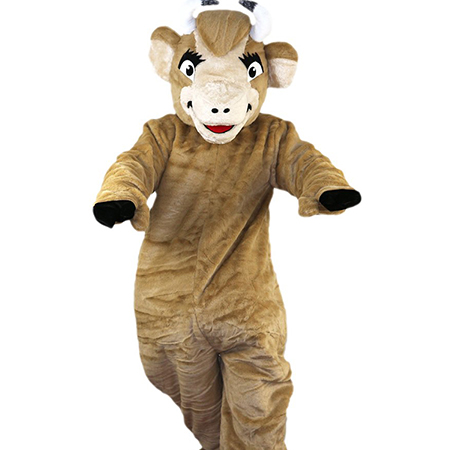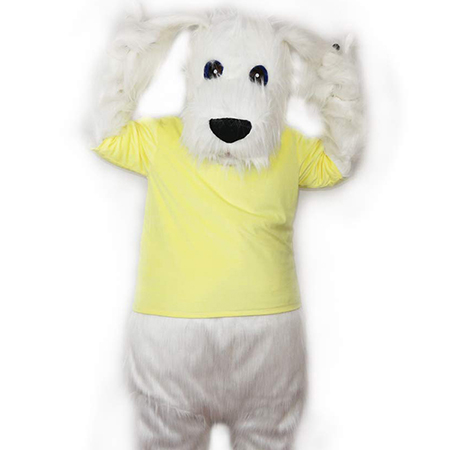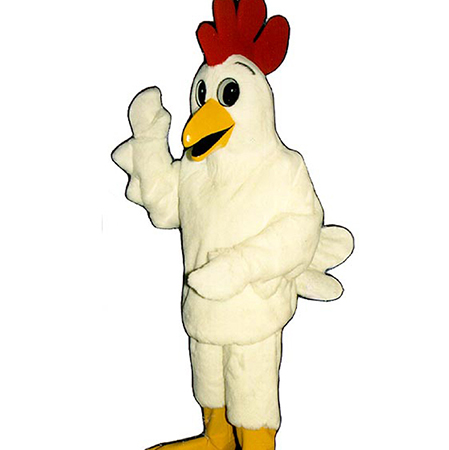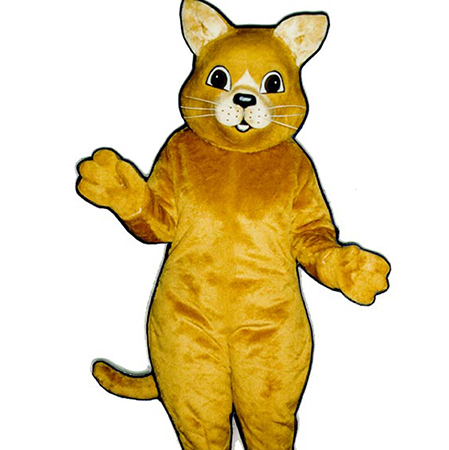Integrating learning and play can often lead to the most effective educational experiences. Mascot costumes, often associated solely with entertainment, can serve as powerful teaching tools in various educational settings. These vibrant, engaging characters not only captivate students but also facilitate a dynamic learning atmosphere that encourages participation and retention.
One of the primary benefits of mascot costumes is their ability to create a memorable presence. When mascots appear in classrooms, libraries, or assemblies, they instantly become the focal point of attention. This heightened engagement is essential, particularly in younger students who may have shorter attention spans or lower motivation levels. By transforming an ordinary lesson into an extraordinary event through a mascot’s appearance, educators can spark curiosity and enthusiasm among learners.

Moreover, mascots provide an excellent opportunity for role-playing activities. When children interact with these costumed characters, they can embody different personas, which enhances their imagination and creativity. For instance, a student might act out scenes from a historical event or a science concept with the aid of a mascot, making abstract ideas more concrete and relatable. Such interactive scenarios help reinforce learning objectives while simultaneously making learning enjoyable.
In addition to fostering creativity, mascot costumes also promote social skills among students. Engaging with mascots requires effective communication, teamwork, and collaboration. Whether it’s solving a problem together or participating in a group activity led by the mascot, students learn to work cohesively towards a common goal. These soft skills are crucial for personal development and future success beyond the academic realm.

Another significant advantage is the inclusive nature of mascots. They bridge cultural and language barriers, creating a unifying presence that appeals to all students regardless of their backgrounds. The universal appeal of these characters means that every child feels included in the learning process, fostering a supportive and welcoming educational environment.
Teachers can also leverage mascot costumes to teach important life lessons subtly. For example, promoting values such as kindness, perseverance, and respect can be more impactful when delivered through the friendly face of a beloved mascot. These positive messages are more likely to resonate with students, leading to long-lasting behavioral changes.

Furthermore, incorporating mascot costumes into educational programs can support diverse learning styles. Visual and kinesthetic learners, in particular, benefit from the physicality and visual stimulation that mascots provide. Demonstrating concepts through gestures, expressions, and actions can help reinforce understanding and make learning more accessible to a wider range of students.
Finally, mascots can be used to celebrate achievements and milestones, adding a sense of excitement and accomplishment to academic successes. Recognizing hard work through a fun, festive celebration boosts student morale and encourages continued effort and excellence.

In conclusion, mascot costumes offer much more than meets the eye. Far from being mere sources of amusement, they are potent educational tools that enrich learning environments, encourage participation, and promote valuable life skills. By embracing the potential of mascot costumes, educators can create engaging, inclusive, and effective learning experiences that leave a lasting impression on students.
